I can’t say that I know
Complement clauses are clauses that function as units within a main clause. Specifically they function as subjects or objects to the verb of the main clause, so they are necessary for the whole sentence to make sense. For example as in:
– Mary seid at shø fairly enjoys da makkin classes. (‘Mary said that she really enjoys the knitting classes.’)
In this sentence the clause [at shø fairly enjoys da makkin classes] is the object of the verb [seid] in main sentence. Without the complement clause the sentence would be incomplete: something like *Mary seid___ is not a full sentence. The complement clause itself would look like an ordinary sentence except for the little function word [at]. This little word, called the "complementizer", is the signal that what is coming will be the complement clause within the main sentence.
The default complementizer in Shaetlan is at. However, in some cases of hesitancy or hedging, as can also be used:
– I canna tink as he’d dø yun. (‘I can’t think that he’d do that.’)
– Shø cudna say as shø kent him. (‘She couldn’t say that she knew him.’)
– Dey cudna mind as d'ir ivver seen her. (‘They couldn’t remember whether they’d ever seen her.’)
– We cudna say as w'ir noticed. (‘We couldn’t say that we’ve noticed.’)
This complementizer only appears in negative sentences, and always in utterances that indicate hesitancy or insecurity. It does not seem to occur with the second person (du/you) as the subject. This is probably because it describes an attitude, so that it is either an utterance about the subject (in the first person I/we), or a report about how a third person described their attitude.

